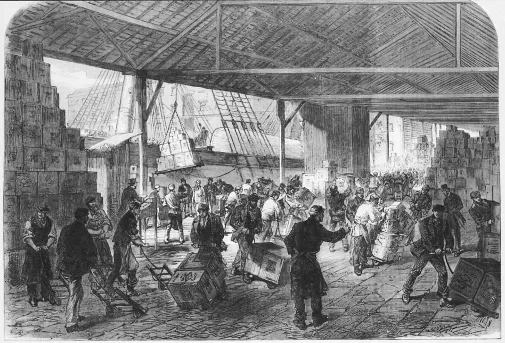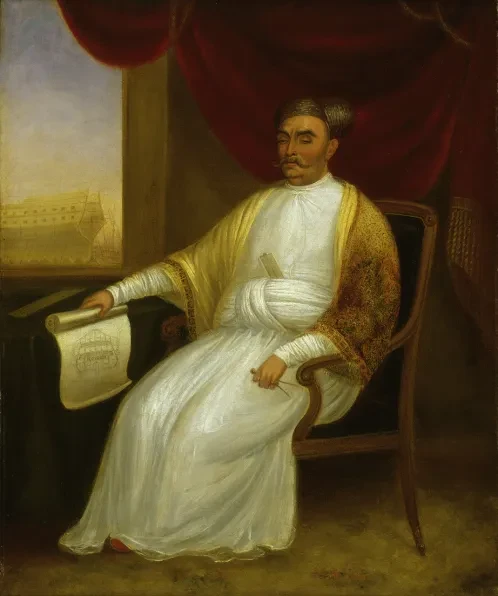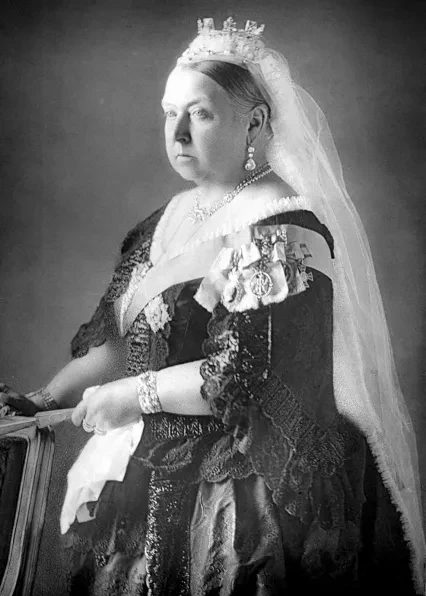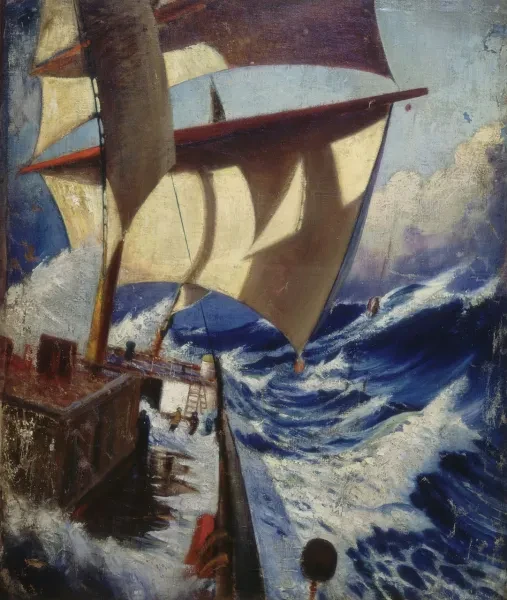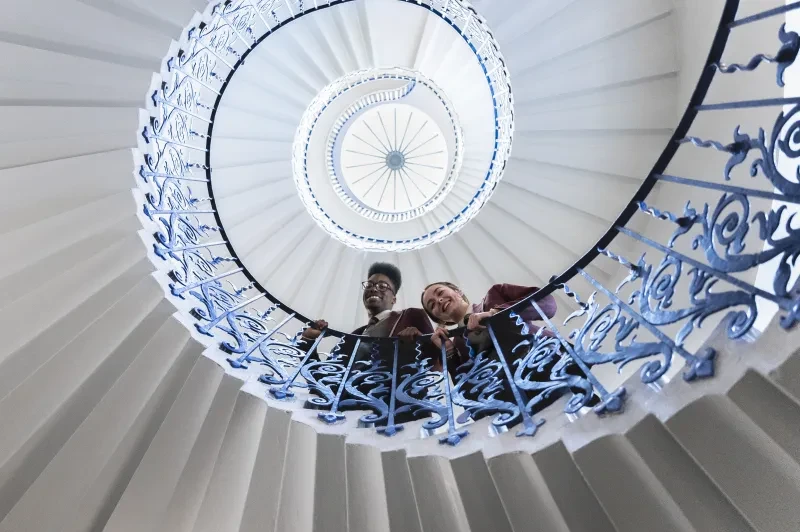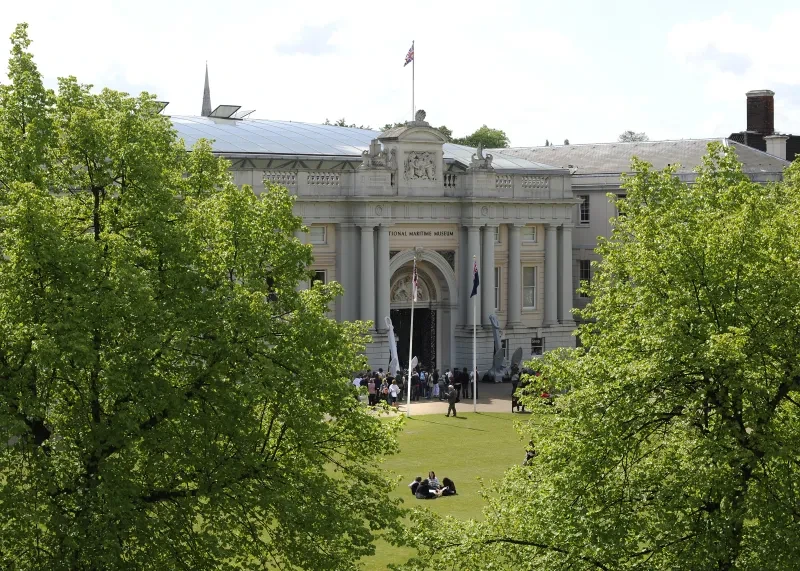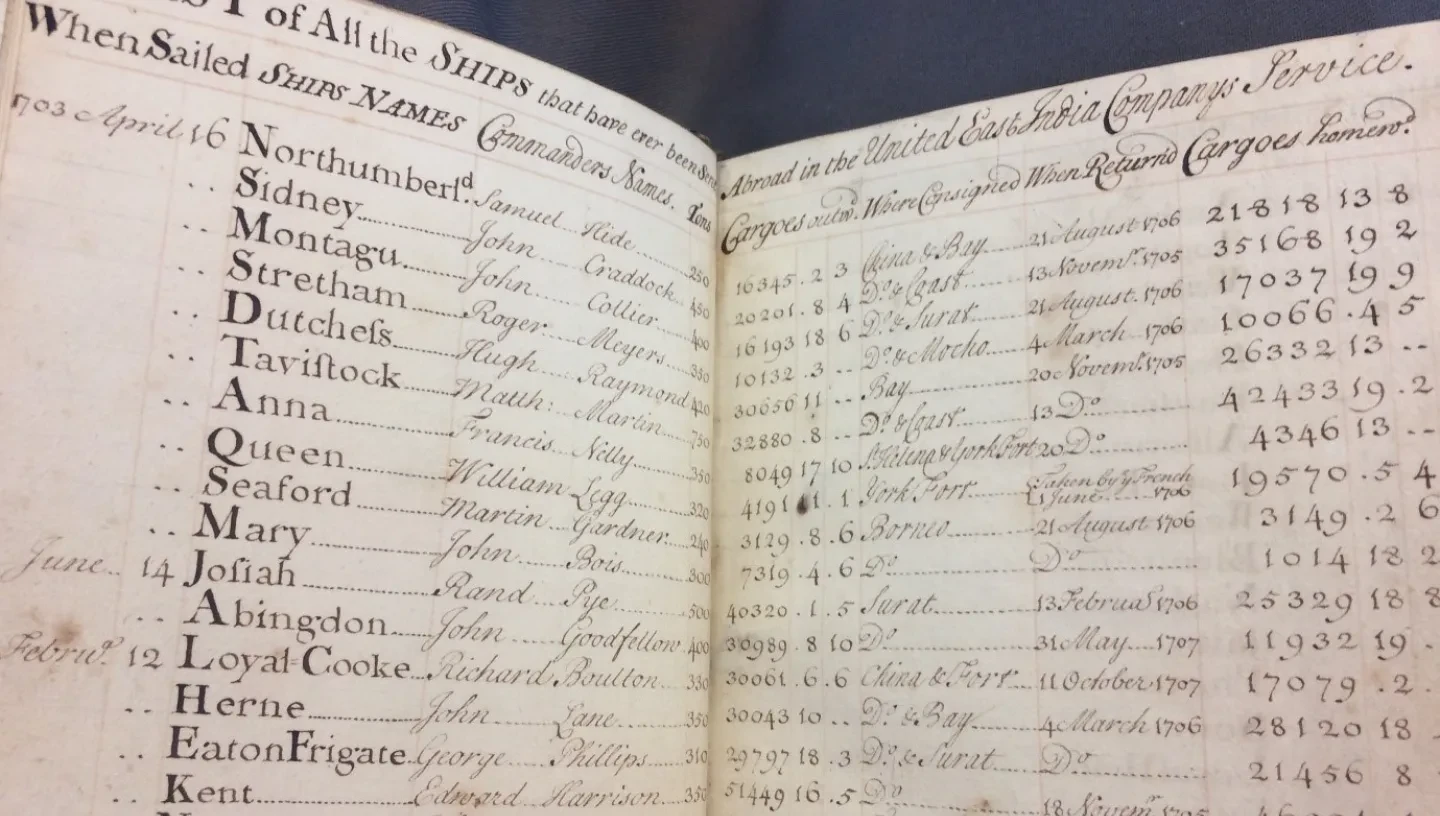
Essential information
| Location | |
|---|---|
| Key Stage | Key Stage 3 |
| School Subject | History |
| Resource Type |
Classroom activity
|
These resources can be used as follow up materials to the East India Company and Empire Enquiry Day at the National Maritime Museum or as a stand alone enquiry.
The aim of these resources is to allow you to assess a key question:
How did the East India Company change people’s lives in Britain and Asia?
To do this you will be investigating a range of evidence and then putting this together to write a final answer.
Section one – Background
Read through the background information in this document. At the end there are 5 knowledge-based questions to answer based on what you have just read. The answers are all in the document so you just have to find them.
Section two – Investigation
Final Task
Write a newspaper article on how the East India Company changed lives in Britain and Asia. Imagine you are writing for people who have not studied this so you will need to explain clearly and include your evidence.
You can use Point Evidence Explain to structure your answer
- What point do you want to make
- What evidence do you have to support this
- Explain what this evidence proves
You can then repeat this for each point you would like to make.
